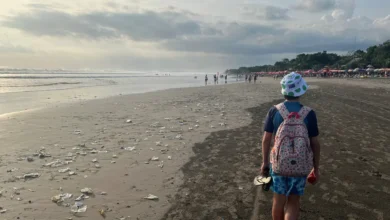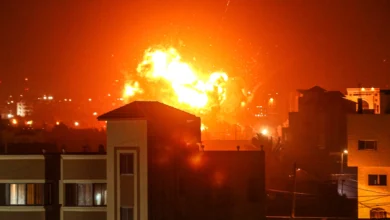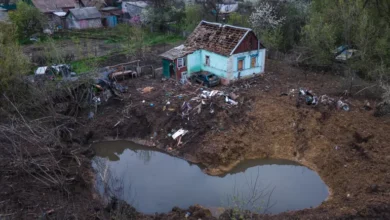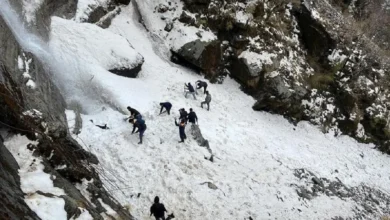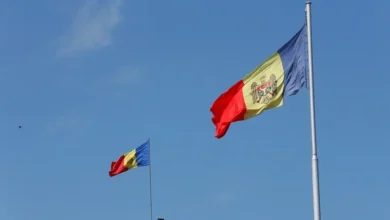‘Still waiting’: Myanmar’s Kayah looks for justice over military killings
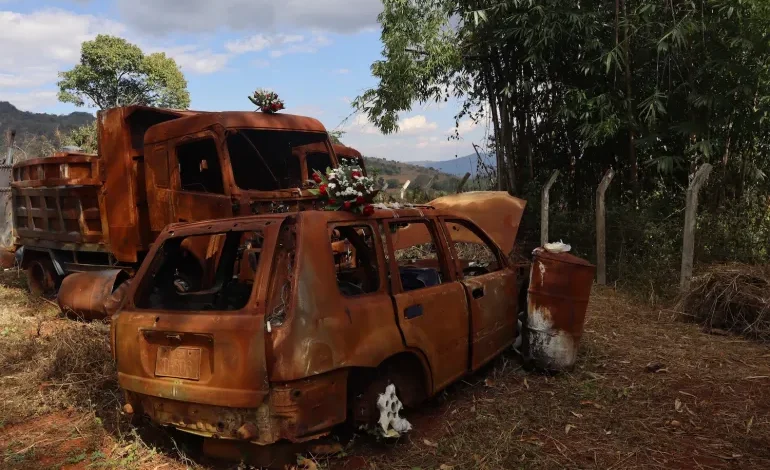
On December 28, in his clinic in Myanmar’s eastern Kayah State, Dr Oak wrapped up a routine check on a pregnant woman and removed some non-threatening shrapnel from the leg of a resistance fighter.
Exactly two years earlier, he was living a nightmare, examining the charred remains of 33 civilians brutally killed by the Myanmar military.
“Before, when I was working in the hospital, I might see one or two bodies at a time. But when I saw that many bodies at once, and understood the cruelty of the way the military killed them, I felt devastated and terrified,” he told Al Jazeera. “I felt so sorry for their family members because they can’t even identify their loved ones and say a proper goodbye.”
Dr Oak, who asked to be identified by a nickname to protect his family, has been living in Kayah State since December 15, 2021. After the military seized power in a coup in February of that year, he quit his job at a government hospital in his native Ayeyarwady Region and joined a mass strike of civil servants known as the Civil Disobedience Movement.
After a few months of participating in street protests and then hiding in safe houses in Ayeyarwady and Yangon, he headed to Kayah intending to join the burgeoning armed resistance.
“In the beginning, I was planning to get a gun and fight. I just wanted to fight the military so badly. But when I arrived here, they already had so many soldiers but they really needed doctors. So I realised this was the best way for me to help,” he said.
The victims Dr Oak examined that day were killed in Moso village in the Hpruso Township, in what was dubbed the Christmas Eve Massacre after the military stopped several vehicles travelling along a major road connecting the towns of Hpruso and Demoso, allegedly detaining, executing and burning those inside. Some of those killed were reportedly fleeing from nearby clashes, while others lived in the area.
‘I am still waiting’
Much of Kaya’s population is Roman Catholic and Christmas is the most important day of the year. But Khin Lone’s family was so poor that her husband could not afford to take Christmas Eve off. He accepted a job to help a farmer harvest bamboo shoots that day, a task that would typically pay about 5,000 kyat – less than $3.
She never saw him again.
Soon after her husband had left for work, Khine Lone’s neighbours came running through the village, screaming that the military was coming. But with four children, including a 10-month-old baby, it was difficult for Khin Lone to leave on her own.
“I called him and he answered the phone and said, ‘OK, I’m coming soon,’ so I stayed at home waiting for him,” she said. “I’m still waiting for him.”
Eventually, other villagers came to help and Khin Lone and her children escaped into the forest, where they hid for two days before moving to a camp for internally displaced people where they remain today.
The 35-year-old widow has only been back to Moso once since the killings – on December 24 last year when she left flowers on the burned-out wreckage of the now-rusting cars and prayed for the dead.
It is a risky journey. The site of the killings lies in a no man’s zone, just 8km (5 miles) from where the military remains holed up in Hpruso town but also a few kilometres from the last resistance-manned checkpoint.
Still, the situation represents a dramatic shift in the Myanmar conflict over the past two years, with resistance groups able to freely navigate rural parts of Hpruso and the neighbouring Demoso Township, while the military is largely confined to a few towns and military bases.

